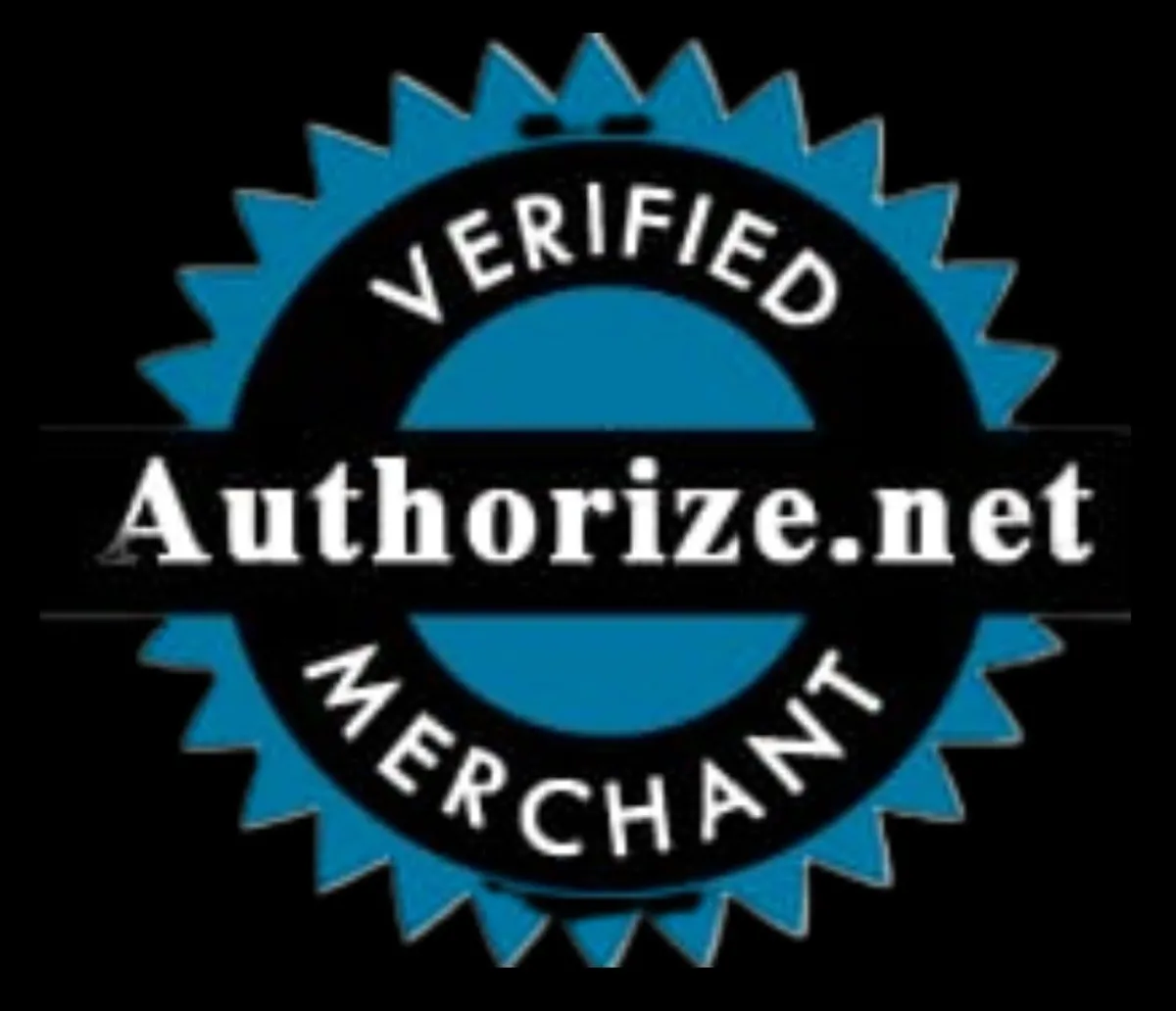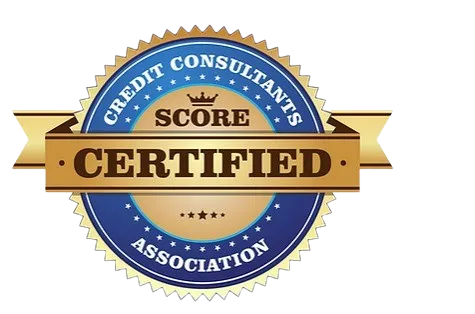Small Call to Action Headline
Understanding Fraud: What It Is, How to Prevent It, and How We Can Help
Fraud is the deliberate act of deceiving or misrepresenting information for personal or financial gain. In the context of credit, fraud typically involves the use of someone else's personal information to open accounts, make unauthorized transactions, or commit other financial crimes. Credit fraud can have severe consequences, including identity theft, financial loss, and long-term damage to your credit score.
Common Types of Credit Fraud:
1. Account Takeover Fraud: Unauthorized access to an existing account to make purchases or withdraw funds.
2. New Account Fraud: Using stolen information to open new credit accounts.
3. Synthetic Identity Fraud: Combining stolen information with fake data to create a new identity.
4. Application Fraud: Using false information to secure loans or credit cards.
How Fraud Impacts Your Credit and Finances
Fraudulent activity can cause:
• Damaged Credit Score: Fraudulent accounts and missed payment5 can drastically lower your score.
• Increased Debt: Fraudulent transactions can inflate your debt-to-income ratio.
• Legal and Financial Stress: Resolving fraud requires time, resources, and emotional resilience.
How Fraud Happens
1. Identity Theft:
Fraudsters often steal your personal information (such as Social Security numbers, bank account details, or credit card numbers) to open fraudulent accounts or make unauthorized transactions in your name.
2. Credit Card Fraud:
Fraudsters may use your credit card information to make purchases without your knowledge. They can access this information through various means, such as hacking, phishing, or physical theft.
3. Loan Fraud:
:In some cases, fraudsters may use stolen information to apply for loans or mortgages in your name, often leaving you liable for the debt.
4. Billing Fraud:
Fraudulent billing can occur when someone impersonates a legitimate company to charge your credit card or bank account for goods or services you didn’t authorize or receive.
Steps to Avoid Credit Fraud and Protect Your Identity
1. Monitor Your Credit Reports Regularly: Check for unauthorized accounts or transactions.
2. Use Credit Monitoring Services: Subscribe to alerts for suspicious activity.
3. Secure Your Personal Information: Safeguard sensitive data such as your Social Security number and passwords.
4. Shred Financial Documents: Destroy documents containing personal information before disposal.
5. Be Cautious Online: Avoid clicking on unknown links or sharing details over unverified channels.
6. Enable Two-Factor Authentication: Add an extra layer of security to your online accounts.
What to Do If You’re a Victim of Fraud
1. Place a Fraud Alert on Your Credit Report: Contact one of the three major credit bureaus (Equifax, Experian, or TransUnion).
2. File a Report with the FTC: Use IdentityTheft.gov to report the fraud and create a recovery plan.
3. Freeze Your Credit: Prevent further unauthorized access by freezing your credit.
4. Notify Financial Institutions: Contact banks and creditors to close compromised accounts.
5. Dispute Errors: File disputes with credit bureaus to remove fraudulent accounts and transactions.
6. File a Police Report: Report the fraud to local authorities for legal documentation.
Protect, Restore & Improve Your Credit with DB Credit Repair
At DB Credit Repair, we specialize in protecting your financial future, recovering from fraud, and improving your credit score. Whether you're dealing with identity theft, fraudulent activities, or inaccurate credit reports, our expert services ensure you regain control of your financial well-being.
We offer identity theft protection services to safeguard your personal information, along with fraud alert and freeze services to prevent unauthorized access to your credit. If you've been affected by fraudulent activity, our fraud alert assistance services and fraud recovery services in the USA help you take the necessary steps to secure and For those looking to correct errors and enhance their creditworthiness, our dispute management services work to remove inaccurate items from your credit report, while our credit score improvement services provide strategic guidance to boost your score.
1. Protect Against Identity Theft & Fraud
2. Dispute & Remove Inaccurate Credit Items
3. Improve & Restore Your Credit Score
Reach Out DB Credit Repair for FREE consultation and take control of your financial future!
How DB Credit Repair Can Help Address Fraud
At DB Credit Repair, we specialize in helping clients recover from fraud and rebuild their credit.
Our Fraud Recovery Services Include:
Sign Up
Get started by choosing one of our credit repair plans. Once you enroll, we’ll begin the onboarding process and guide you through setting up your credit monitoring.
Dispute Management:
Filing disputes with credit bureaus to remove fraud-related errors.
Fraud Alert and Freeze Assistance:
Helping you place fraud alerts and freeze your credit.
Personalized Guidance:
Educating you on steps to prevent future fraud.
Credit Restoration:
Assisting with rebuilding your credit and improving your financial stability.
Take Control of Your Credit and Fight Fraud Today
Dealing with fraud can be overwhelming, but you don’t have to do it alone. DB Credit Repair is here to guide you through the recovery process, restore your credit, and protect your financial future.
Get Started Now!
Let us help you reclaim your financial peace of mind.
What Is Incorrect Credit Information and How Does It Affect Your Credit?
• Incorrect credit information refers to inaccuracies or errors on your credit report, such as:
• Incorrect personal details (name, address, Social Security number).
• Accounts you didn’t open.
• Payments incorrectly reported as late or missed.
• Incorrect account balances or credit limits.
• Duplicate accounts or outdated negative items.
These errors can harm your credit score and limit your ability to secure loans, credit cards, or favorable interest rates.
How Does Incorrect Credit Information Impact Your Credit?
1. Lower Credit Scores: Inaccurate negative items can significantly decrease your score.
2. Loan Denials: Errors make you appear riskier to lenders.
3. Higher Interest Rates: Even if approved, errors can lead to less favorable terms.
4. Increased Financial Stress: Mistakes can take time and effort to resolve.
Common Causes of Incorrect Credit Information
1. Clerical Errors: Mistakes in reporting or recording by creditors.
2. Identity Theft: Fraudulent activity leading to unauthorized accounts or transactions.
3. Misreported Payments: Payments marked late despite being on time.
4. Merging of Credit Files: Errors from credit bureaus combining information from multiple individuals.

How Long Do Credit Errors Stay on Your Report?
If left uncorrected, incorrect information can remain on your credit report for 7 years or more, depending on the nature of the item. However, errors can be disputed and removed if proven inaccurate.
Steps to Identify and Avoid Incorrect Credit Information
1. Regularly Check Your Credit Report: Review reports from all three credit bureaus (Experian, Equifax, and TransUnion) annually at AnnualCreditReport.com.
2. Monitor Your Accounts: Keep track of balances and transactions to spot errors early.
3. Stay Organized: Retain payment records and receipts to verify disputes.
4. Act Quickly: Address discrepancies as soon as they’re identified.
How to Fix Incorrect Credit
Information
1. Review Your Credit Report: Identify inaccuracies and collect evidence (e.g., bank statements, receipts).
2. File a Dispute: Contact the credit bureaus reporting the error and provide documentation.
3. Contact the Creditor: Notify the original creditor or lender reporting the incorrect information.
4. Follow Up: Ensure the dispute is resolved and request a corrected report.
5. Monitor Progress: Keep an eye on your credit report for any updates or unresolved issues.
How DB Credit Repair Can Help Correct Credit Errors
At DB Credit Repair, we understand how frustrating and time-consuming credit errors can be. We provide professional assistance to resolve inaccuracies and restore your credit.
Our Services Include:
1. Sign Up
Get started by choosing one of our credit repair plans. Once you enroll, we’ll begin the onboarding process.
2. Dispute Filing and Follow-Up: Managing disputes with credit bureaus and creditors on your behalf.
3. Error Documentation: Ensuring all supporting evidence is included for a successful resolution.
4. Ongoing Monitoring: Helping you maintain accurate credit reports.
5. Education and Guidance: Teaching you how to avoid future errors.
Take Control of Your Credit Today
Incorrect credit information doesn’t have to hold you back. Let DB Credit Repair help you correct inaccuracies, improve your credit score, and regain financial freedom.
Get started on the path to accurate credit reporting and a brighter financial future.
What Is a Foreclosure and How Does It Affect Your Credit?
Foreclosure is the legal process in which a lender takes ownership of a property due to the homeowner's failure to make mortgage payments. If you are unable to meet your mortgage obligations, the lender has the right to sell the property to recover the outstanding debt. Foreclosures can cause significant damage to your credit score and make it challenging to secure future housing or loans.
Key Facts About Foreclosures:
• Foreclosures typically remain on your credit report for 7 years from the date of the first missed payment.
• Your credit score can drop by 100–160 points or more after a foreclosure.
• It may take years to rebuild trust with lenders and qualify for new loans.
How Foreclosure Works
1. Missed Payments:
Foreclosure typically begins after several missed mortgage payments, which can vary depending on the lender’s policy.
2. Notice of Default:
If the homeowner does not pay after several attempts to resolve the issue, the lender files a Notice of Default, signaling the start of foreclosure proceedings.
3. Public Notice:
The foreclosure process becomes a public record, and the property may be put up for auction to recover the loan amount.
4. Legal Action:
In some cases, the lender may file a lawsuit to obtain a court order for the foreclosure.
5. Sale of Property:
If foreclosure proceeds, the property is sold, and the proceeds are used to pay off the outstanding mortgage balance.
The Impact of Foreclosures on Your Financial Life
1. Significant Credit Score Decline: A foreclosure is considered a major derogatory mark, severely damaging your credit score.
2. Difficulty Securing Loans: Many lenders view foreclosure as a high-risk indicator, making it challenging to qualify for future mortgages or loans.
3. Higher Interest Rates: Even if you qualify for loans post-foreclosure, you'll likely face higher interest rates.
4. Emotional and Financial Stress: Losing a home can create emotional distress and financial instability.
How Long Does a Foreclosure Affect Your Credit?
Foreclosures remain on your credit report for 7 years. During this time, rebuilding your credit and demonstrating financial responsibility are critical to improving your creditworthiness.
How Long Does a Foreclosure Affect Your Credit?
Foreclosures can only be removed if they were reported in error. Otherwise, they will remain for 7 years. However, their impact diminishes over time with responsible financial behavior.
Steps to Avoid Foreclosure
1. Communicate with Your Lender: Contact your lender as soon as you face financial difficulties. They may offer loan modifications or forbearance.
2. Explore Refinancing Options: Lower monthly payments by refinancing your mortgage, if eligible.
3. Consider Selling Your Home: Selling your home before foreclosure may help pay off your mortgage and avoid credit damage.
4. Seek Housing Counseling: HUD-approved housing counselors can provide guidance and resources.
5. Prioritize Your Budget: Cut unnecessary expenses and allocate funds toward mortgage payments.
How DB Credit Repair Can Help with Foreclosures
At DB Credit Repair, we specialize in helping clients recover from foreclosures and rebuild their credit profiles.
Our Foreclosure Recovery Services Include:
1.Sign Up:
Get started by choosing one of our credit repair plans. Once you enroll, we’ll begin the onboarding process.
.
2.Dispute Management:
Filing disputes for incorrect or unverifiable foreclosure entries.
3. Credit Restoration: Providing strategies to rebuild your credit after foreclosure.
4. Financial Counseling: Offering tips and tools to improve financial habits and avoid future foreclosures.
4. Lender Communication Support:
Guiding you in negotiating with lenders for better terms or resolving disputes.
Steps to Rebuild Your Credit After Foreclosure
1. Review Your Credit Report: Ensure the foreclosure is reported accurately and file disputes if necessary.
2. Pay Bills on Time: Timely payments on existing accounts can gradually rebuild your credit.
3. Reduce Debt: Lowering credit utilization rates improves your overall credit score.
4. Use Secured Credit Cards: Responsible use of secured credit cards can help re-establish creditworthiness.
5. Monitor Your Credit: Regularly track your credit report to stay informed of progress and errors.
Take Back Control of Your Financial Future
A foreclosure doesn't have to define your financial future. With the right steps and professional guidance, you can rebuild your credit and regain financial stability.
Let DB Credit Repair help you recover from foreclosure and move toward a brighter financial future.
Click Learn More on What we Remove












Ready to Rebuild Your Credit Today?
Options:

Get in Touch
Email: [email protected]
Customer Support: 📞Call Now
Whatsapp Us: https://wa.me
Address: 70 Virginia Rd. White Plains, NY 10603
Assistance Hours : Mon – Sat 9:00am - 7:00pm
Sunday – CLOSED
More Links



